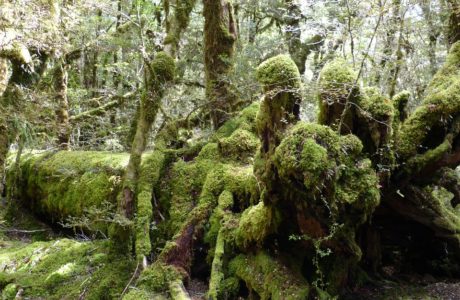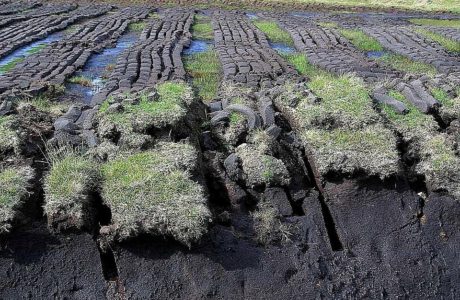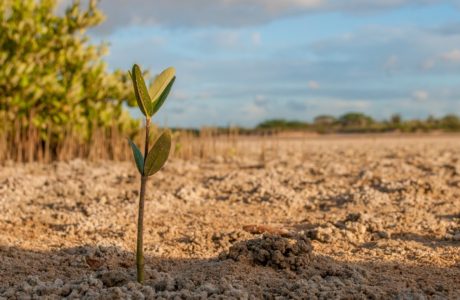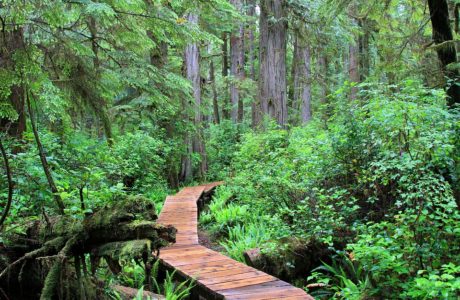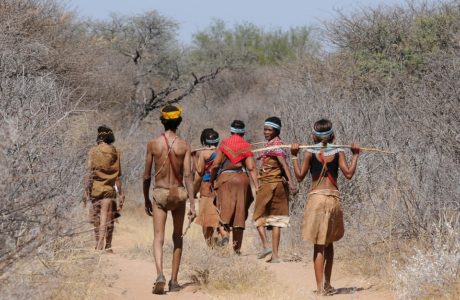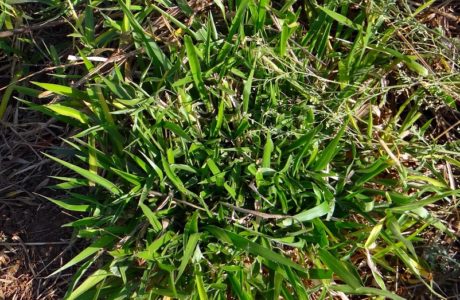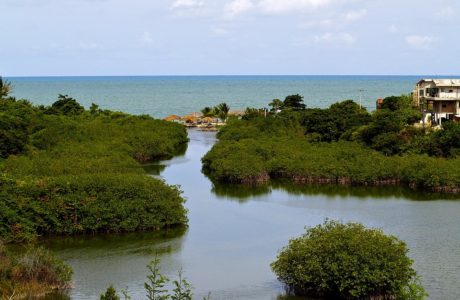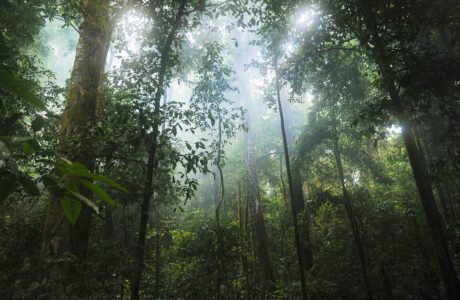
#5 Tropical Forests
Land Use
Tropical forests have suffered extensive clearing, fragmentation, degradation, and depletion of biodiversity. Restoring them may sequester as much as six gigatons of carbon dioxide per year.
Read more
Tropical Forests
Land Use
Rank and results by 2050 #5
| Reduced CO2: | 61 gigatons |
|---|
TOTAL CO2-EQ REDUCTION (GT)
Total CO2-equivalent reduction in atmospheric greenhouse gases by 2050 (gigatons)
NET COST (billions US $)
Net cost to implement
SAVINGS (billions US $)
Net savings by 2050
Impact:
In theory, 751 million acres of degraded land in the tropics could be restored to continuous, intact forest. Using current and estimated commitments from the Bonn Challenge and New York Declaration on Forests, our model assumes that restoration could occur on 435 million acres. Through natural regrowth, committed land could sequester 1.4 tons of carbon dioxide per acre annually, for a total of 61.2 gigatons of carbon dioxide by 2050. Only carbon stored in soil organic matter and aboveground biomass is accounted for; below-ground biomass is not included.
